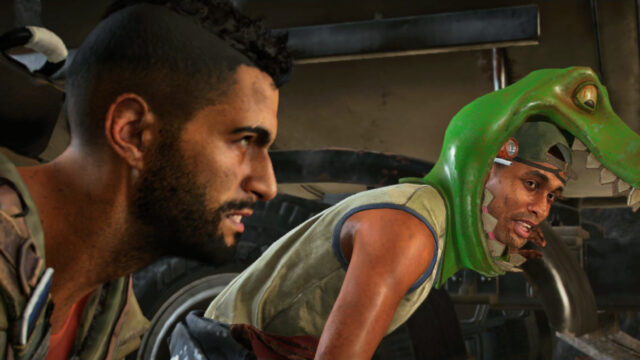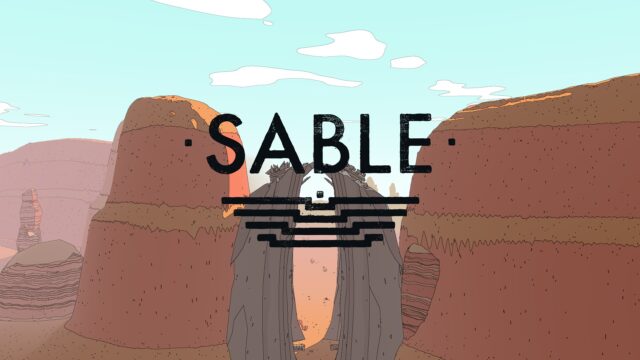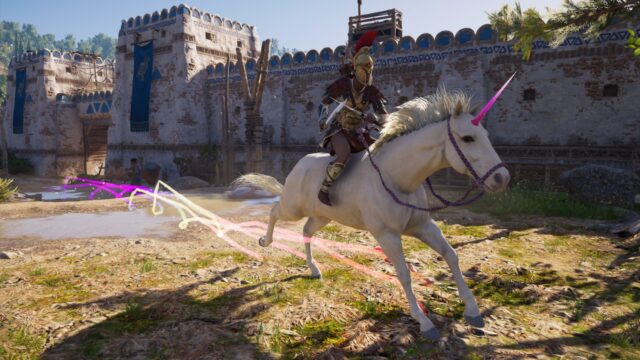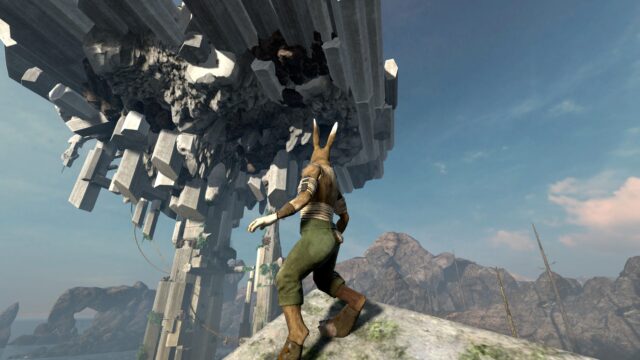Banished Review

Lately, there has been a problem with urban planning simulators of all calibers. The latest Tropico lacked love, the revamped SimCity was a catastrophic fiasco, and indie games like Towns didn’t catch on. Everything around is gray and rainy these days.
In line with the overall mood, it seems a game about gray rains in a spherical medieval village in a vacuum has been released.
Recently appearing on Steam, the strategy game Banished offers players the opportunity to help expelled peasants survive the bad weather, avoid starvation, and leave behind a large offspring and a new city. Well, let’s give it a try, why not.
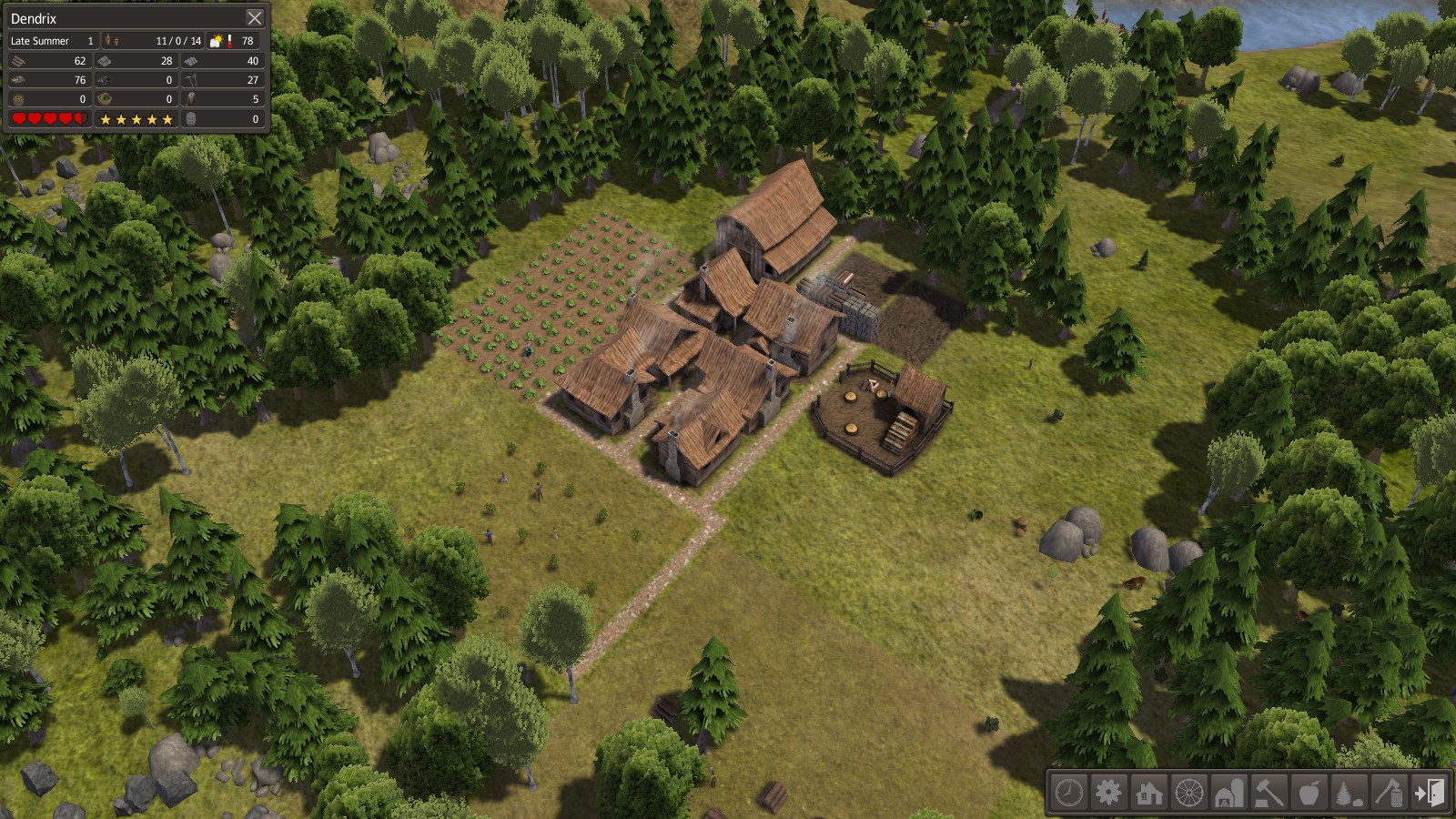
What training missions help to understand is that there will be no bright white sun in the game. There will be rain, lots of snowstorms, and a lot of gloomy gray budget houses. I must admit, I do want “peaceful” strategies with bright colors and cheerful models, so that when nothing special is happening, you can simply enjoy the picture and rotate the camera. But today, unfortunately, we only have a dull virtual reality for you.
…but without the mind-numbing dependence on online and not in the alpha-beta version.
Beauty only appears in episodes. The first one is when agricultural products start to bloom, and on the screen, you can see small but bright pumpkins with peppers. The second one is when it’s still winter on the ground, but summer in the treetops. But the second one comes every ten minutes and lasts for five seconds, and you still have to survive until the first one.
Surviving until beauty, meanwhile, the same tutorial only teaches tangentially. Four traditionally boring training missions for tycoons show what and how to build, and vaguely explain what to do when the first winter is over. But the devil, as usual, is in the details, which can only be revealed after a couple of starved and frozen polygonal peasants.
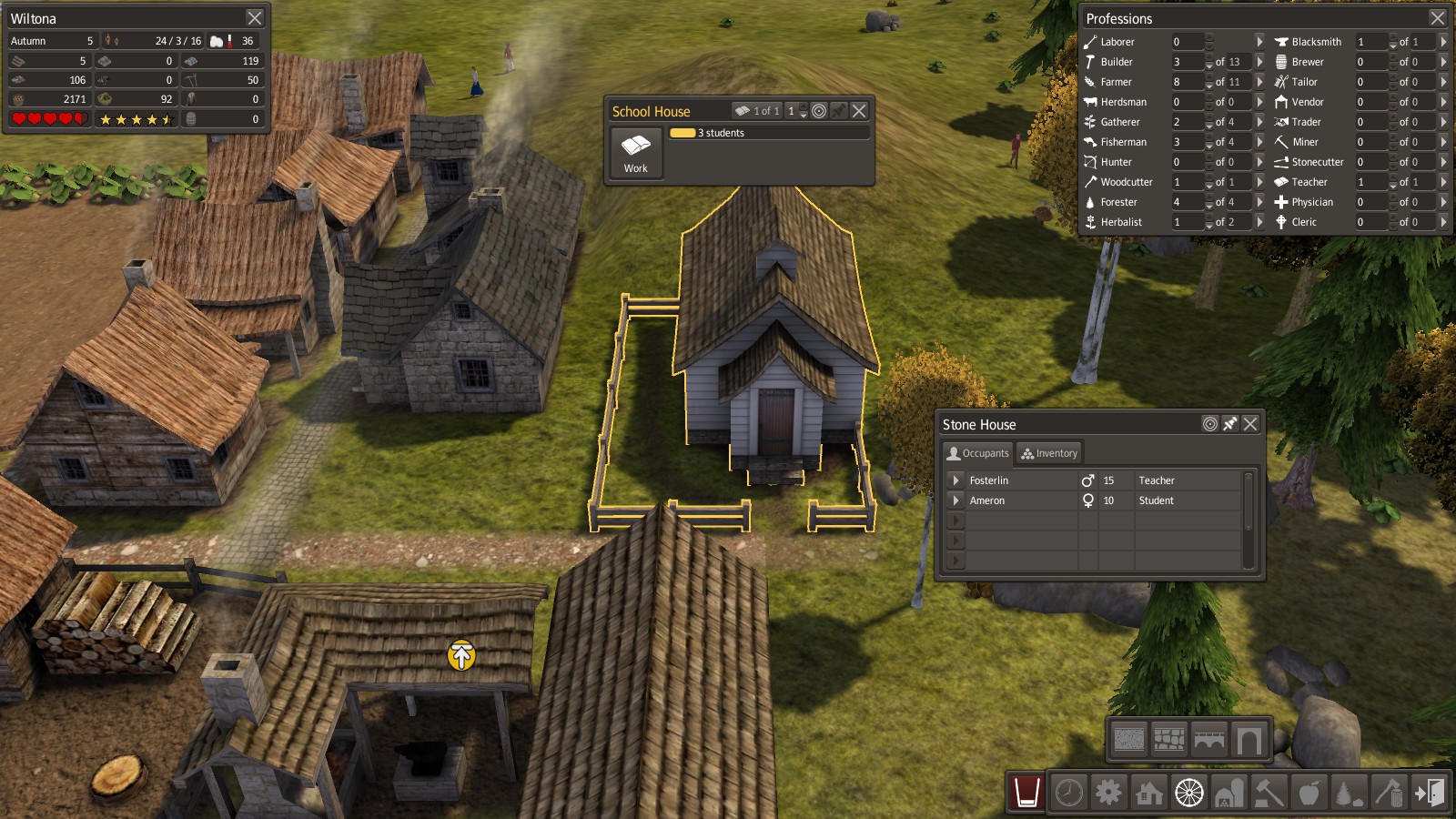
If you look closely at the statistics, you can notice that in that brick house, a 15-year-old school teacher and a 10-year-old student live together. That’s the kind of game Banished is.
In the first winter, you simply forget some of the main gameplay moments, and when you remember, it’s already too late. My stupid starting mistake was that I forgot that virtual peasants refuse to heat their homes with “just firewood”. They absolutely have to split them into stakes in a specially designated yard, otherwise the villagers will simply refuse to heat their homes, even if there are plenty of logs in the storage.
In the second winter, it turned out that even though local houses can accommodate up to eight units, in reality, settlers prefer to live in pairs and don’t want to start families in communal apartments. No one died from living in a commune, but in the spring, a huge demographic gap was discovered, killing any possibility of urban development. All the necessary buildings are there, but there is no one to work in them.
In the third winter, a senseless and merciless fire broke out in the village because I saved on a well in favor of huts for herbalists and hunters. Here, to put it bluntly, I just got unlucky. You can manage a virtual city for thirty years without a single well and never encounter a hut fire, but you can simply fail to gather enough stone (there are many different resources in the game, but specifically for construction, there are three: wood, stone, and iron) to cover all the bases with relatively standard development.
By the fourth winter, things finally started to improve.
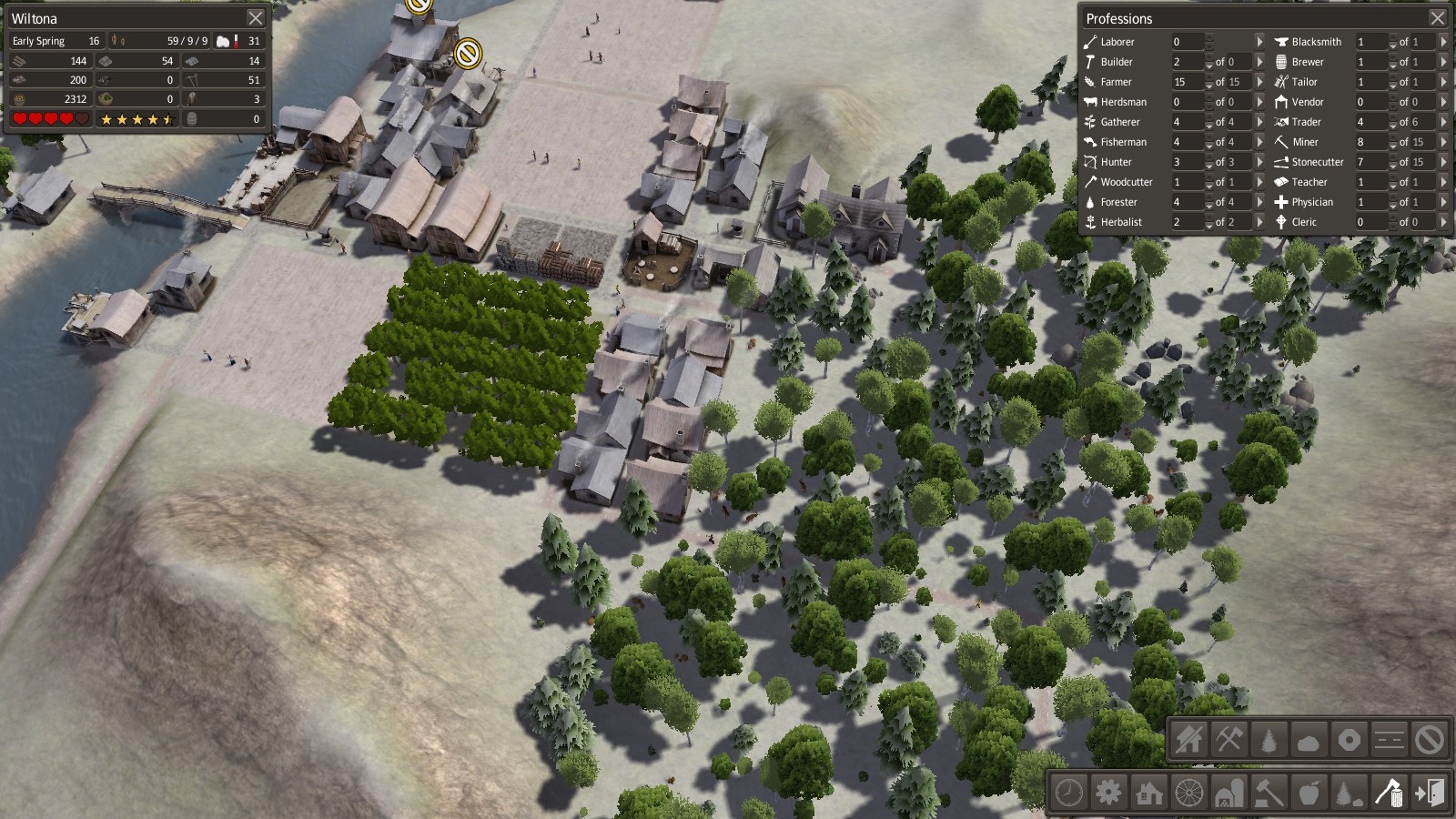
The hardest part of Banished is maintaining balance. Here you have 50 or so able-bodied citizens, about 15 children ready to replace the oldest ones, and you roughly estimate how much food needs to be produced each year to prevent both starvation and an excess of useless surplus vegetables. Great, but… To master, let’s say, coal mining, it’s not enough to just build a couple of residential houses or double the expeditions for deer – you need to immediately pull all your management levers, and without imbalances, it won’t work.
That’s where the main entertainment of the game lies, perhaps. If you can’t steer away from the next wave of hunger, you can confidently start a new game after buying a new keyboard and mouse to replace the broken ones, but if you manage to survive the crisis, then for the next 15 minutes, you feel like a king and a god.
However, I have one serious problem with these waves of extensive development. The purpose of population and production jumps… is not obvious. Why turn your wonderfully thriving village into a hundred people per year for 500 inhabitants, except for Steam achievements and sporting interest, I still haven’t figured out.
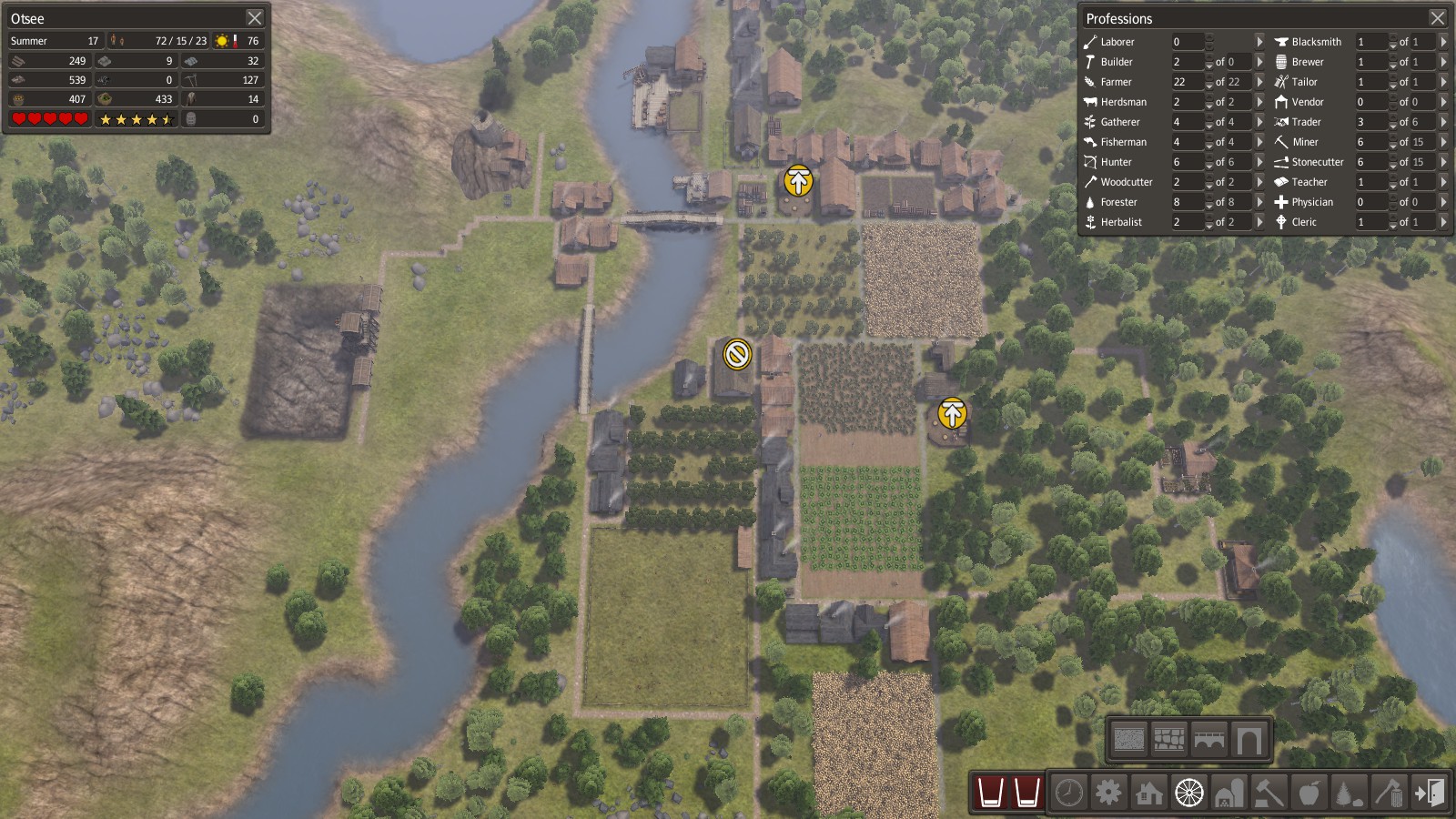
In typical non-budget economic strategies, it is like this: besides a simple sandbox, there is a certain campaign where, in addition to simple settlement development, you have to solve various managerial puzzles. Well, okay, we’ll manage with that.
But there were also big goals in “just for fun” games. Let’s remember the classics. In the second “Tropico”, for example, you first arrange the island, and then go to plunder the Caribbean. Moreover, you can plunder it thoroughly, you could bring a lot of things home, including an angry punitive fleet. Or, it seems, in “Caesars” besides managing the whole city, roads, riverbed, and each citizen personally, you could/should train troops and conquer neighbors (or defend against conquests). Accordingly, the cooler the cities were, the more fun the ships/troops were.
In Banished, there is neither the first nor the second, and after two hours of maintaining the viability of a village with a hundred people, a hopeless expansion can simply become uninteresting.
Well, in general, in the absence of fish, Banished is like SimCity. Cheap and angry, but you can play it.
Share
Discuss
More Reviews
